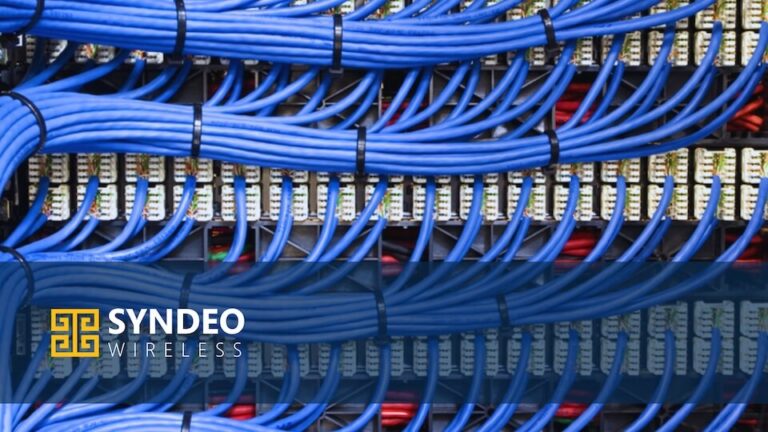Gone are the days when your AV, access control, Wi-Fi, and DAS lived in silos. In today’s office, residential, and hospitality environments, these once-separate low-voltage systems must be part of a unified digital backbone—for cost efficiency, scalability, and stronger user experience.
1. Why Stand-Alone Systems Break Buildings
When AV, security cameras, DAS, and Wi-Fi run on separate cabling and power rails, you end up with messy conduits, redundant pathways, and escalating costs during retrofits or upgrades. Worse, cross-system interference can degrade network performance, creating a domino effect of technical issues.
Best practice: Fund one robust infrastructure from Day One, with integrated cat6a/fiber cabling, shared service spaces, and thoughtful consolidation of endpoints.
2. Layered Networks Elevate Functionality
In modern spaces:
- Wi-Fi supports tenant and guest usage, device provisioning, and onsite collaboration
- DAS ensures carrier-grade cellular coverage—even in elevators, underground levels, parking, or behind energy-efficient glass
- Access control and surveillance rely on low-voltage networks for frictionless entry and real-time security analytics
- AV and conferencing flourish on unified IP networks that merge aesthetic design with performance
Together, these systems reduce latency, simplify network management, and allow centralized policy enforcement – ushering in next-level efficiency.
3. The Cost Advantage of Early Integration
Designing these systems from the start brings tangible benefits:
- Reduced material and labor costs due to shared trenching, common equipment zones, and fewer vendors
- Faster project timelines—no last-minute pathways or IT rework
- Scalability on demand, ensuring your infrastructure supports future tech upgrades be it Wi-Fi 7, private LTE, or IoT systems
Imagine futureproofing your office building so tenants never worry about connectivity and you avoid costly add-ons later.
4. Structured Standards That Support Scale
Standards like TIA-569-B define integrated pathways and equipment spaces for a converged low-voltage landscape. By adhering to these during design, your building is ready for mixed-use environments, multi-tenant needs, and rapid infrastructure deployment.
5. Smart Building Sustainability
When low-voltage systems are designed with IT in mind:
- PoE lighting and sensors tie into the same backbone as AV and security
- Data-driven insights optimize HVAC, lighting, and energy efficiency across spatial types
- Maintenance is intelligent, with network-wide alerts that simplify facility operations and minimize downtime
The result? A highly efficient, tenant-resilient property that stands out in the market.
Final Thought
Today’s buildings, whether office complexes, residential towers, or boutique hotels demand connective ecosystems, not fragmented systems. Converging low-voltage and IT infrastructure from day one not only streamlines budgets and operations, it creates properties poised for future tenant expectations and technological evolution.




